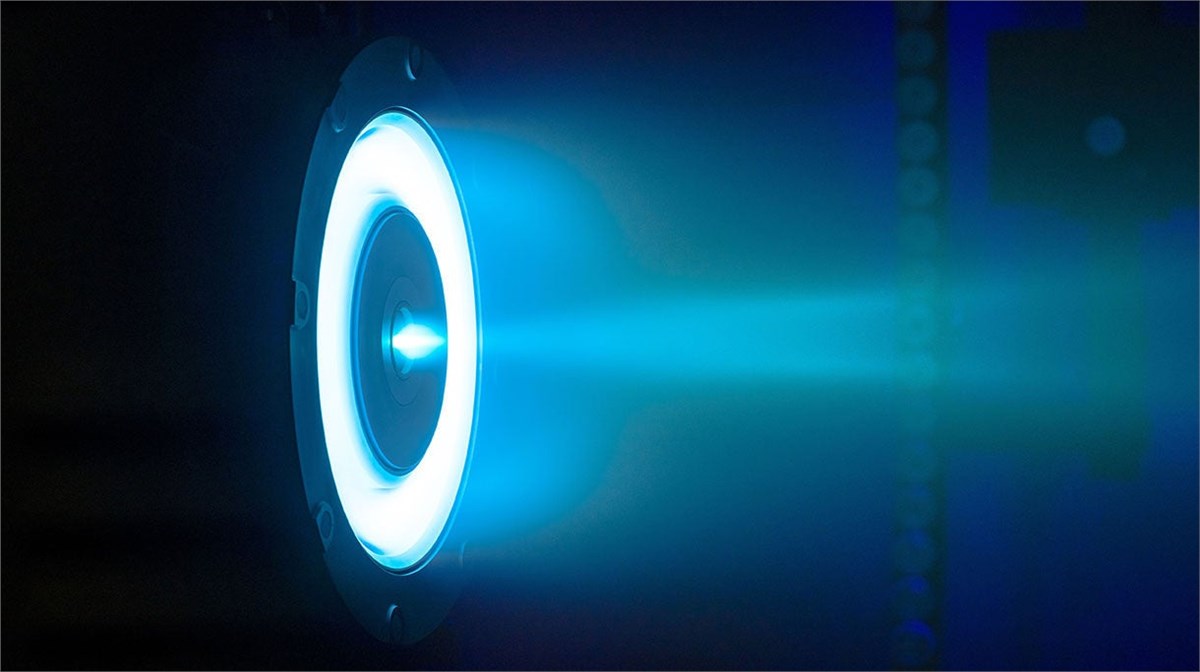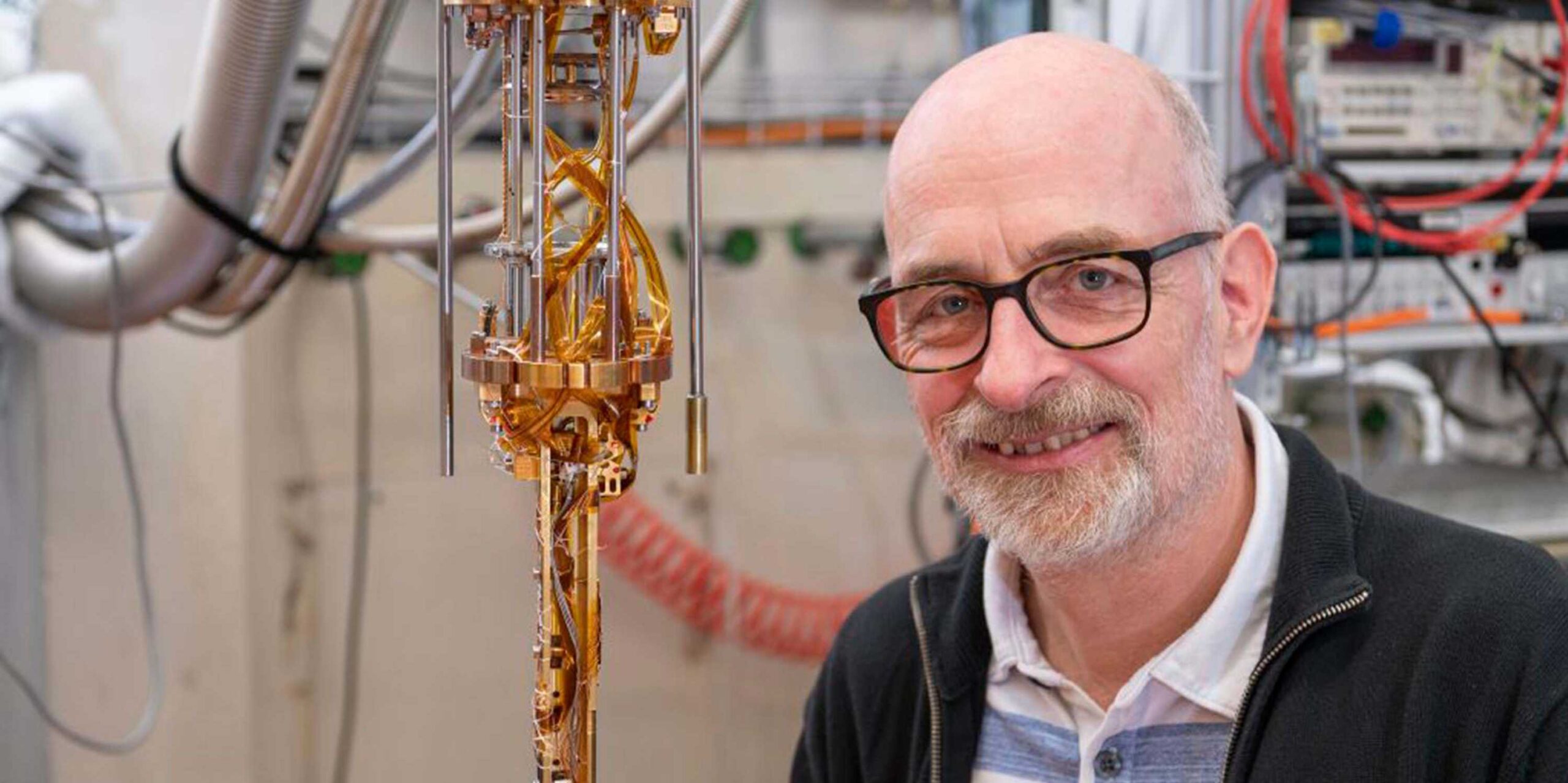- The Copernicus ‘Sentinel-6B’ Satellite Returns First Data Images After Launching Last Month SpaceWatch.GLOBAL
- First image from Sentinel-6B extends sea-level legacy European Space Agency
- Sentinel-6B’s ‘First Light’ Captures Atlantic Ocean…
Category: 7. Science
-
The Copernicus 'Sentinel-6B' Satellite Returns First Data Images After Launching Last Month – SpaceWatch.GLOBAL
-

Beachy Head Woman may be ‘local girl from Eastbourne’, say scientists | Archaeology
Beachy Head Woman, a Roman-era skeleton once hailed as the earliest known black Briton and who scientists later speculated could be of Cypriot descent, has now been shown to have originated from southern England.
The mystery of the skeleton’s…
Continue Reading
-

Literary Hub » On Henry David Thoreau’s Ultimate Instrument of Perception, the “Kalendar”
In the spring of 1860, at the height of his intellectual powers and the peak of his political engagement, Henry David Thoreau created something new. Part blueprint for a grand new work, part scientific chart, part picture of temporal…
Continue Reading
-

Did comet 3I/ATLAS knock MAVEN offline? NASA faces questions
Did comet 3I/ATLAS knock MAVEN offline? NASA faces questions The National Aeronautics and Space Administration (NASA) has shared a troubling update that one of its spacecraft orbiting Mars has gone dark since its…
Continue Reading
-

The Faculty of Science and Engineering’s 2025 news highlights
Over the past year, the Faculty of Science and Engineering has delivered a wide range of work, from pioneering research breakthroughs to impactful collaborations and well-deserved recognitions. This review…
Continue Reading
-

ULA Enables Expansion of Amazon Leo Constellation through 4t
A United Launch Alliance (ULA) Atlas V rocket carrying the Leo 4 mission for Amazon lifted off on Dec. 16 at 3:28 a.m. EST from Space Launch Complex-41 at Cape Canaveral Space Force Station. This mission demonstrates the strong…
Continue Reading
-

L3Harris Delivers Most Powerful Thrusters for NASA’s Lunar G
L3Harris Technologies (NYSE: LHX) and NASA have completed testing and delivery of three 12-kilowatt Advanced Electric Propulsion System (AEPS) thrusters for the Power and Propulsion Element (PPE) of the agency’s lunar-orbiting…
Continue Reading
-

Quantum Mechanics Upended Our Thinking
The Nobel Prize in Physics was officially awarded to three quantum researchers last week. How important was their work to quantum research?
Klaus Ensslin: Experiments conducted by these three researchers forty years ago demonstrated that quantum…
Continue Reading
-

The Sky Today on Wednesday, December 17: The Moon meets Mercury
A lovely crescent Moon shares the predawn sky with bright planet Mercury, with the claws of Scorpius separating the two.
The thin crescent Moon, lit…
Continue Reading
-
A cryogenic winter for tomorrow’s accelerator
Behind every particle collision generated at the Large Hadron Collider is a multitude of technical feats. One of these is refrigeration on an industrial scale. To guide the particles, the thousands of superconducting magnets in the…
Continue Reading